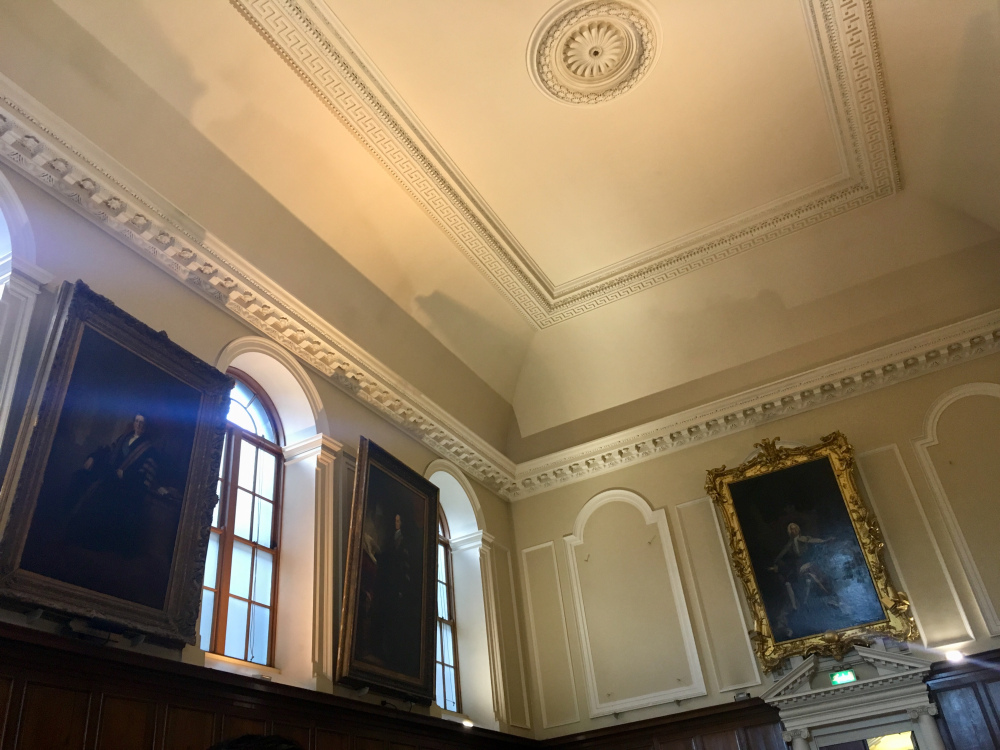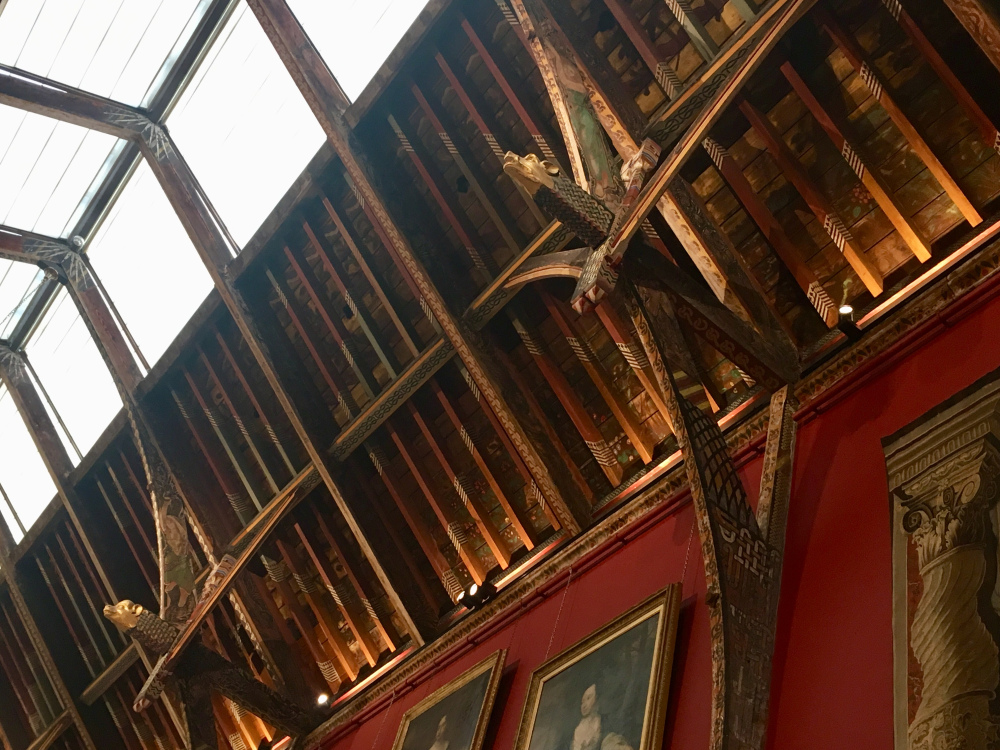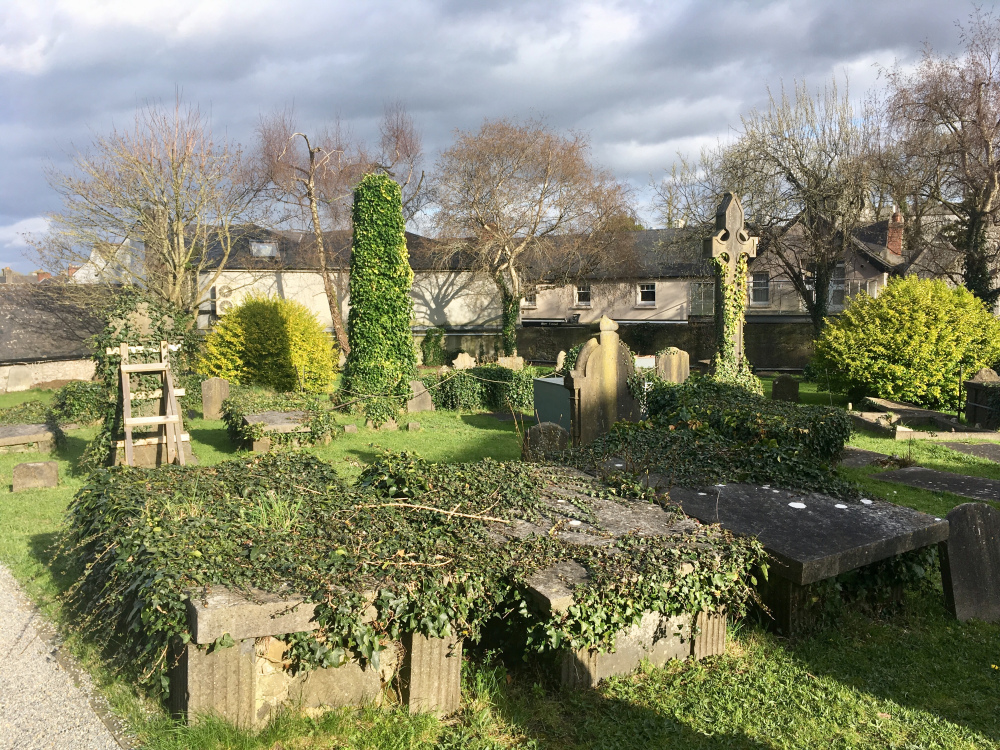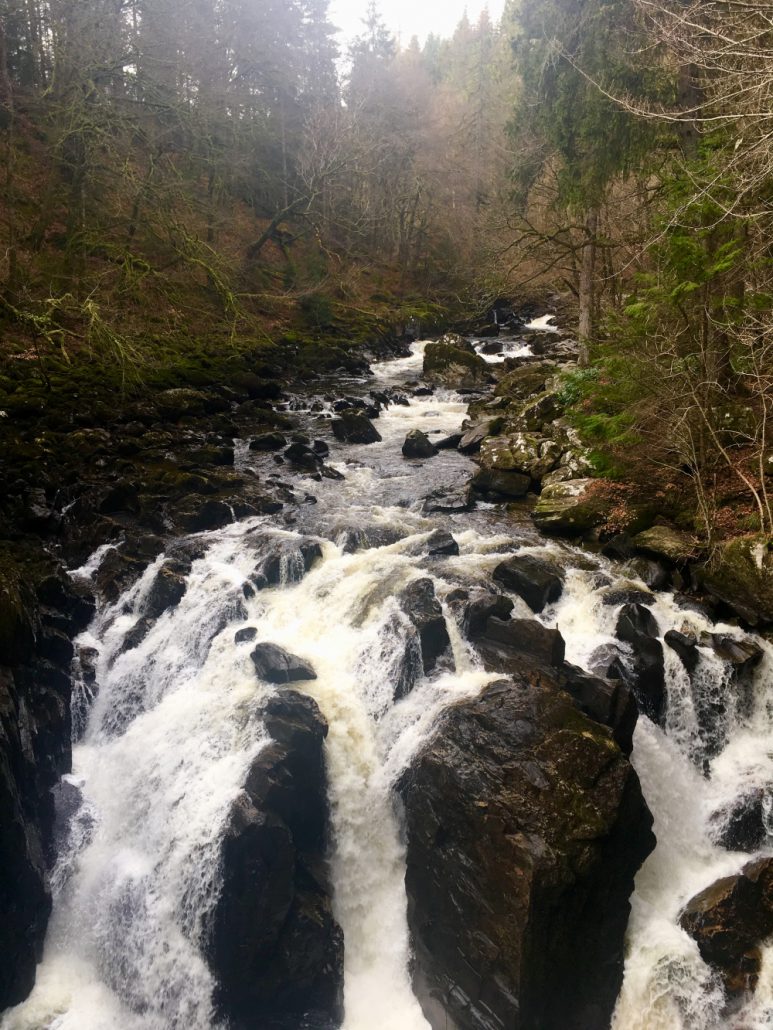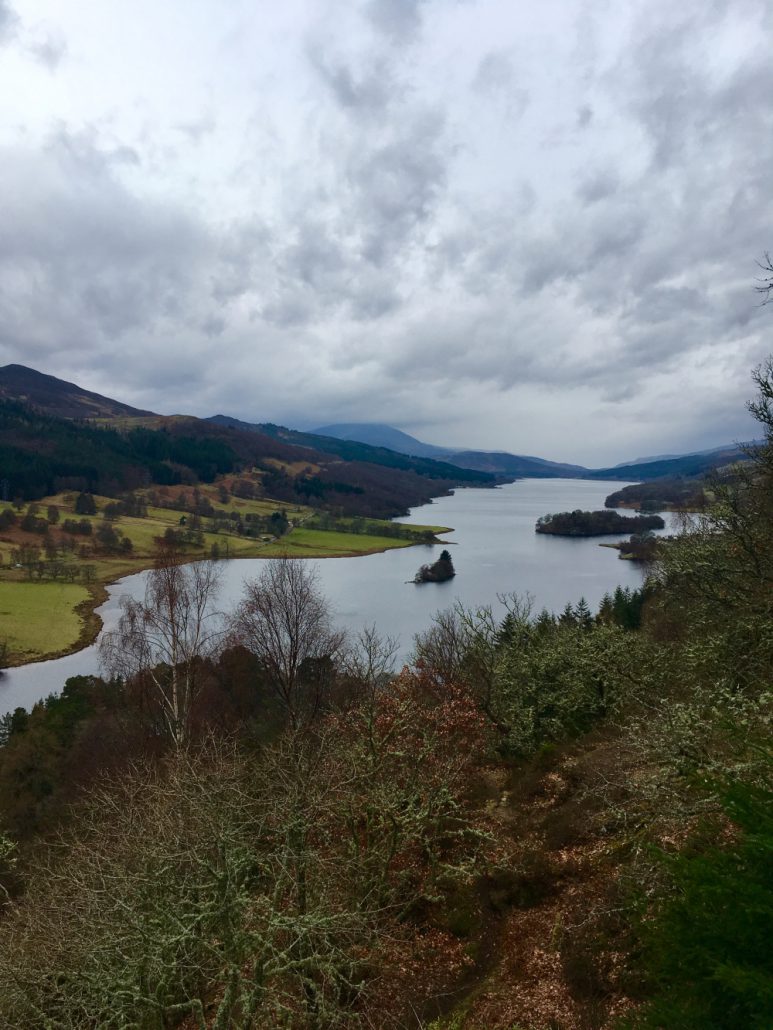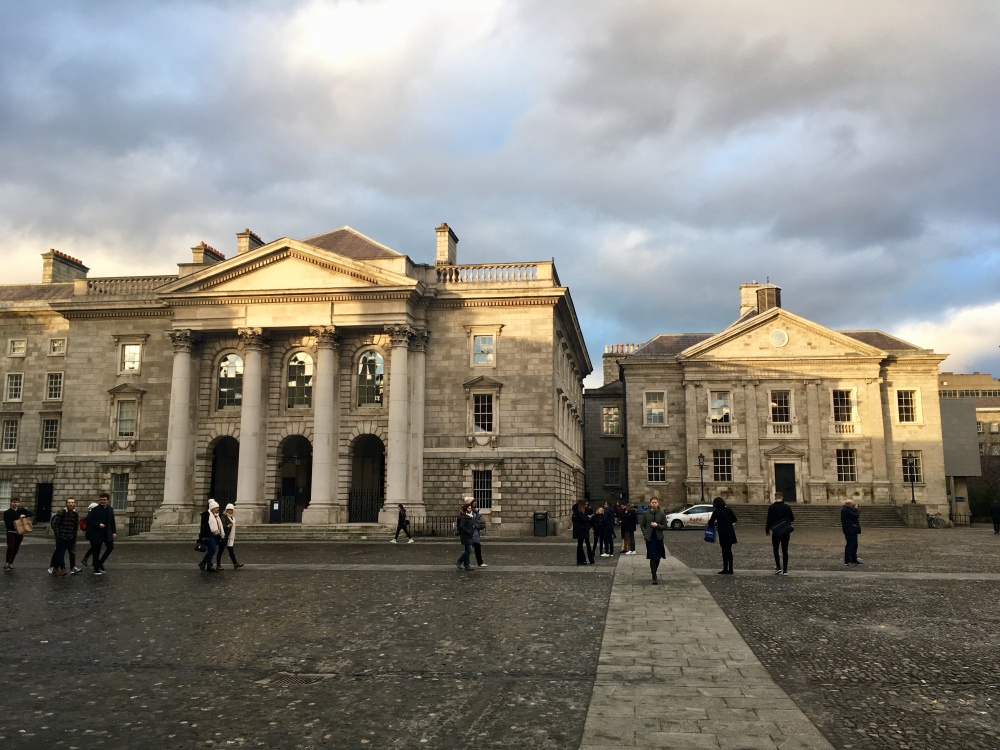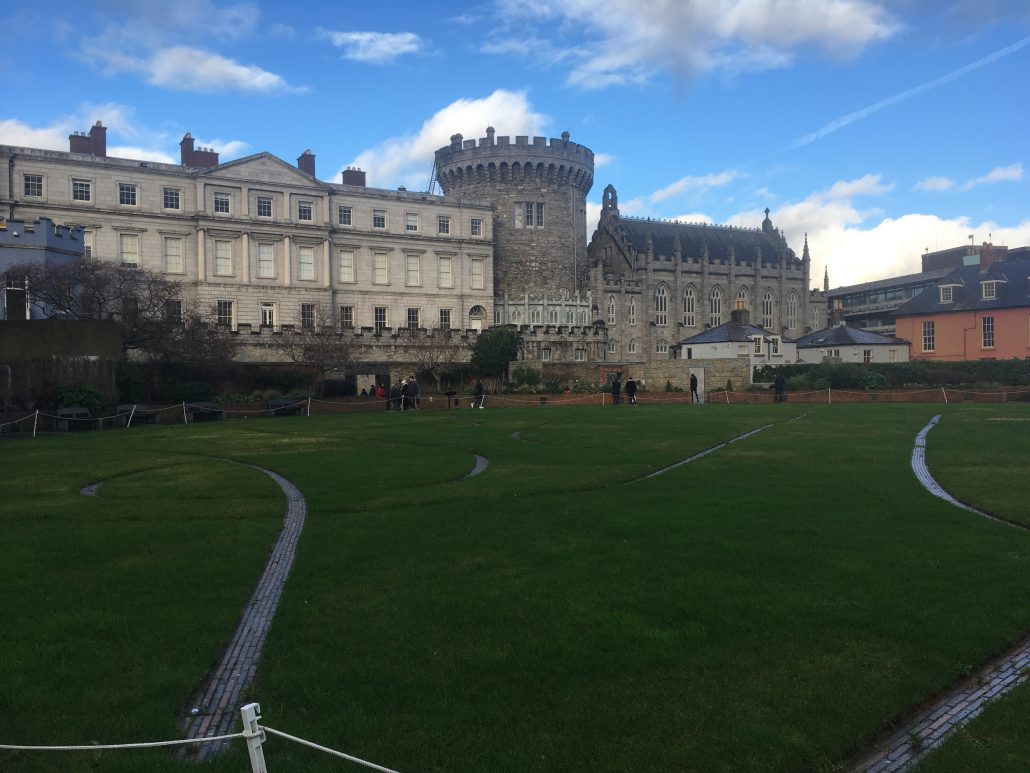Ireland | The Southwestern Wild Atlantic Way
BY ALEXIS HARMON
We finally rented a car and were able to explore parts of rural Ireland. This trip we focused on the southwestern coast and we found some incredible spots. Plus, they’re all free since we avoided the major tourist sites in favor of lesser visited but equally beautiful spots! We saw a lot of beautiful nature, but also encountered old churches, ancient ruins, and a castle.
Cliffs of Kilkee
These cliffs rival the Cliffs of Moher, but they’re free, don’t have any ugly barriers, and virtually no one is there to impede the view so in my opinion they’re definitely superior. There’s a nice scenic drive along the Kilkee coast with incredible views that will make you want to pull over every other minute to just revel in the beauty. This is probably the most beautiful place I’ve been in Ireland and the town of Kilkee is a great place to stop for lunch besides.






Dingle Peninsula
There are two major scenic peninsulas in southwestern Ireland, the smaller Dingle Peninsula and the vast Ring of Kerry. We only had time to drive the Dingle since that drive alone (with plenty of stops) took a full day. First, we went through Conor Pass, the highest drivable mountain pass in Ireland. You can see the foundations of some ancient town down below.

It was freezing and windy out, but even so the beaches just looked so inviting. The color of the water everywhere was just unreal and the cliffs were stunning.

We stopped by at a cool exhibit called the Famine Houses that overlooked the ocean. It’s an abandoned rural homestead full of information on the famine that I highly recommend going to see. They also have lots of sheep in the area and they give you free food to treat them with.

Churches
We encountered lots of old churches, especially around Lough Gur, many of which were between 400-600 years old. Many conveniently had placards with information on site. These had fascinating graveyards with really old graves and the remaining detail on the crumbling structures was really interesting.

This church had something in the graveyard called a marriage stone which looks like a plain gravestone with a small hole in the middle. If you and your sweetheart touch index fingers through the hole, you’re married for a year, according to tradition.
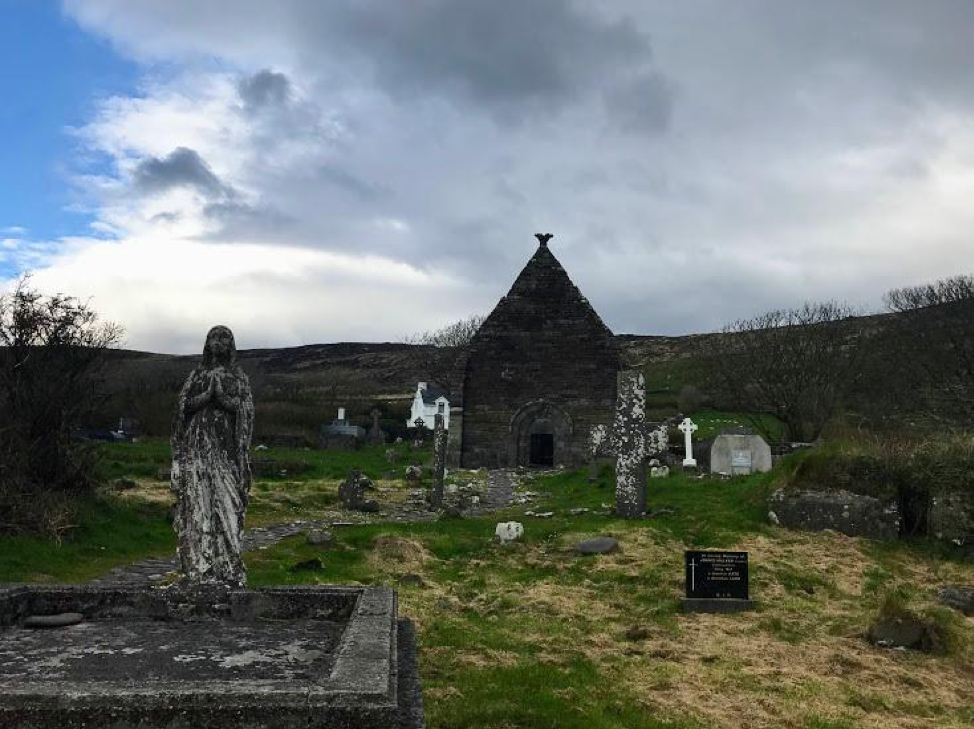
We didn’t have time to go farther, but if you hike two miles from this Lough Gur church you’ll find the ruins of a whole prehistoric village. Even without time for this, driving around you’ll come across prehistoric beehive houses and slab tombs.

Legend has it that if you squeeze through this tiny church window you’ll make it to heaven- a reference to the “eye of the needle” scripture- so we did it just in case.

In addition to churches, you’ll encounter random beautiful shrines like this one we saw right before hitting the westernmost point in all of Ireland.

Rock of Dunamase
The Rock of Dunamase is a ruined castle with truly fascinating history that’s too lengthy to go into depth here so read about it here instead. Briefly, it has been a defensive fortress since the 9th century, although this structure was built around 1200. The pictures don’t capture the grandeur of this ruined fort set atop a huge hill with commanding views of the countryside so just go see for yourself and climb around the 800 year old castle!


Alexis Harmon studied abroad in Dublin, Ireland during Spring 2019: http://eap.ucop.edu/OurPrograms/ireland/Pages/immersion_ireland_universities.aspx









